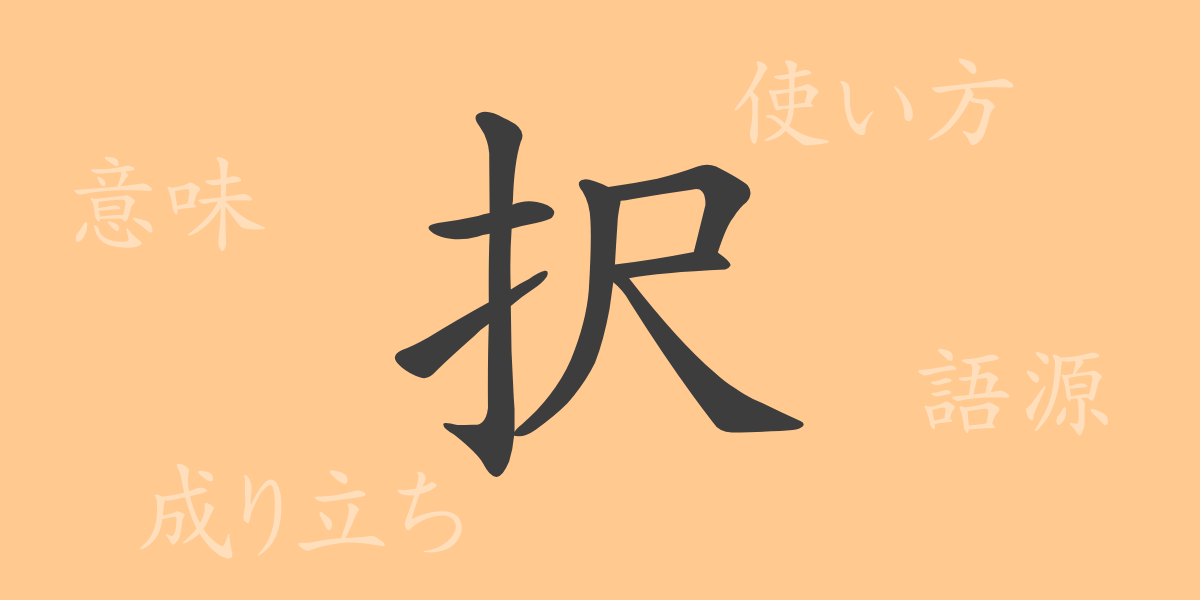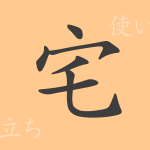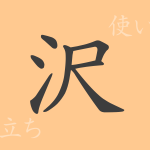The beauty of the Japanese language is greatly influenced by its complex and rich character system. Each Kanji carries deep meanings and histories, enriching communication when used in everyday life. This article focuses on the commonly used Kanji “択” (たく) (taku), exploring its origins, meanings, contemporary usage, and more, diving into the world of “択”.
Origins of ‘択’ (たく) (taku)
The Kanji “択” originated from ancient China, depicted initially in the more complex form “擇”. It symbolizes the action of choosing, with its design reflecting a hand selecting something. This character has evolved to simplify over the ages but retains its foundational meaning of depicting the act of choice and the decisiveness in selection.
Meaning and Usage of ‘択’ (たく) (taku)
“択” carries the meanings of ‘to choose’ or ‘to select.’ It is frequently used in daily conversation and business contexts, referring to the process of making a choice among options. For instance, the word “選択” (selection), incorporates “択”, representing the everyday decisions and choices people make.
Readings, Stroke Count, and Radical of ‘択’ (たく) (taku)
Understanding the Kanji “択” also involves knowing its readings, stroke count, and radical:
- Readings: The on’yomi (Sino-Japanese reading) is “タク” (taku), with no specific kun’yomi (native Japanese reading).
- Stroke Count: “択” consists of 7 strokes.
- Radical: The radical for “択” is 手 (てへん) (tehen), meaning ‘hand’.
Phrases, Idioms, and Proverbs Using ‘択’ (たく) (taku) and Their Meanings
There are numerous idioms, phrases, and proverbs involving “択”, which illustrate its extensive use in the Japanese language:
- “択一” (たくいつ) (taku-itsu): Choosing one from among many.
- “選択肢” (せんたくし) (sentakushi): Various options or choices available.
- “天命を択ぶ” (てんめいをえらぶ) (tenmei wo erabu): Choosing as per fate or divine will.
- “択捉島” (えとろふとう) (Etorofu-tou): One of the Northern Territories, meaning ‘island cold even in summer’ in Ainu language.
Summary on ‘択’ (たく) (taku)
The Kanji “択” symbolizes the significant yet simple act of choosing. It is widely used in everyday life and appears in many idioms and phrases. While it is easy to remember due to its fewer strokes, it carries a rich history and deep meanings. Understanding each Kanji, like “択”, is crucial for enriching communication and appreciating the depth of the Japanese language. We hope this article inspires a deeper interest in the multifaceted character “択”.

























